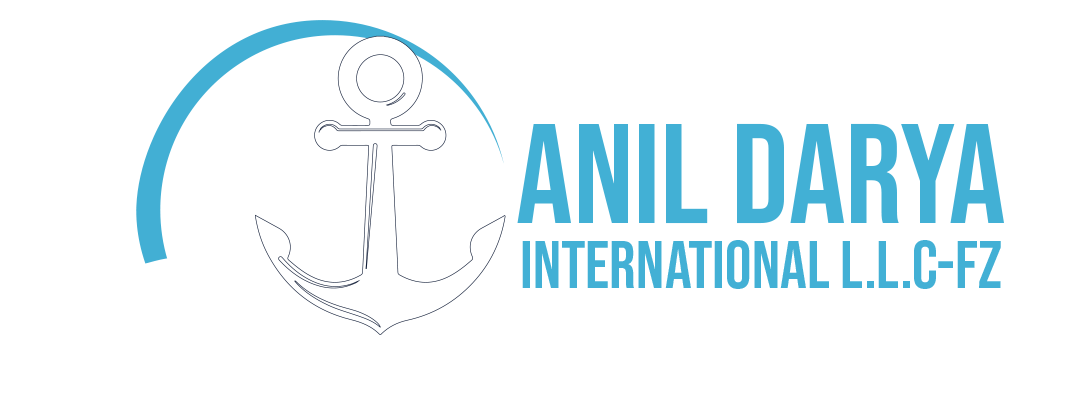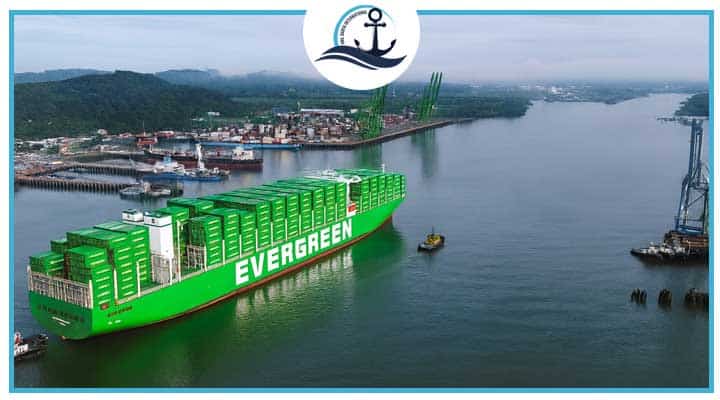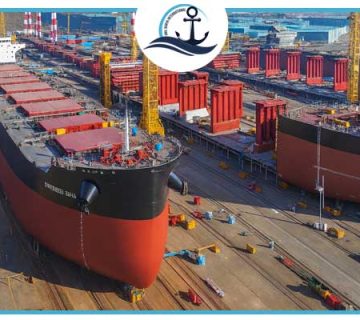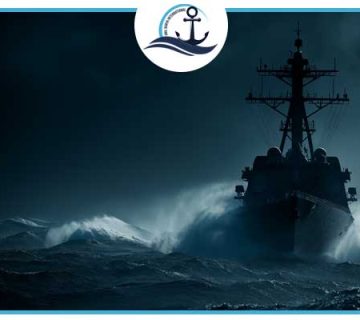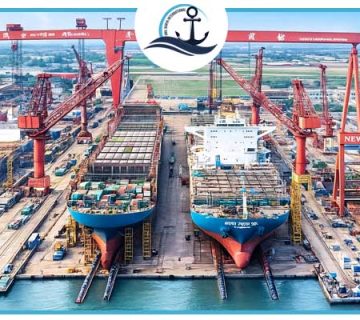|
Getting your Trinity Audio player ready...
|
Canal Authority Launches Global Consultation for New Terminal Partners
The Panama Canal Authority (ACP) has launched a strategic consultation process with major players in the global maritime and sea freight industries to identify potential partners for developing new container port terminals on both the Atlantic and Pacific sides of the canal.
This move underscores Panama’s ambition to expand its transshipment capacity and strengthen its position as a central hub for global sea freight and trade logistics.
Following a model similar to the one used for its gas pipeline initiative, the ACP invited a broad group of industry leaders with proven expertise in port operations, terminal management, and shipping line logistics.
Among those participating were top global operators and carriers including APM Terminals, COSCO Shipping Ports, CMA Terminals, DP World, PSA International, MOL, Hanseatic Global Terminals, SSA Marine, and Terminal Investment Limited (TIL).
Representatives from major shipping lines such as CMA CGM, Maersk, MSC, Hapag-Lloyd, ONE, Evergreen, OOCL, Yang Ming, COSCO, and ZIM also took part, reflecting the industry’s strong interest in Panama’s expansion plans.
Feasibility and Market Studies Underway
The ACP confirmed that a market and feasibility study is now underway for both the Atlantic and Pacific terminals.
Upon completion, the findings will guide the creation of a comprehensive project plan, followed by a special concession process to select official development partners.
The concession award is expected by the end of next year, paving the way for construction and operational planning.
According to preliminary targets, the initiative aims to boost Panama’s container handling capacity by 5 million TEU annually, significantly enhancing the nation’s role in global maritime trade.
These expansions are part of a broader vision to modernize the Panama Canal’s sea freight ecosystem, ensuring that the country remains a crucial connector between the Pacific and Atlantic oceans amid growing global trade competition.
Port Expansion Amid Rising Regional Competition
The new port projects come at a time of increased competition among Latin American and Caribbean transshipment hubs, many of which are upgrading their infrastructure to accommodate larger vessels and new trade patterns.
For Panama, which handles a substantial portion of the region’s containerized sea freight, this expansion represents both an opportunity and a strategic necessity.
Experts note that as Asia–Americas trade routes grow more complex due to evolving tariff policies and port fees, the Panama Canal must reinforce its dual-ocean connectivity to remain globally competitive.
By adding new terminals on both ends of the waterway, Panama will be able to streamline transshipment efficiency, reduce congestion, and attract more mainline shipping services from Asia, Europe, and the Americas.
Legal Disputes Over Existing Concessions
The canal’s new expansion plan comes as Panama’s port governance faces mounting scrutiny.
The future of CK Hutchison’s two major Panamanian terminals — Balboa on the Pacific side and Cristobal on the Atlantic — remains uncertain after President José Raúl Mulino suggested that public–private partnerships (PPPs) could take control of the facilities if the country’s Supreme Court invalidates Hutchison’s existing contract.
Panama’s Comptroller General, Anel Flores, has filed two separate cases challenging the Panama Ports Company (PPC) concession, alleging irregularities in the renewal process.
PPC, which is 90% owned by CK Hutchison, has operated the two ports since 1997 under a 25-year agreement renewed in 2021.
Both terminals sit at critical junctions — one at each end of the canal — making them essential assets in the global container transshipment network.
Geopolitical Undercurrents: Washington vs. Beijing
The port developments are unfolding against a backdrop of rising geopolitical tension between the United States and China, both of which view Panama as a strategic maritime gateway.
During his inauguration address in January, US President Donald Trump vowed to “take back the canal from Chinese influence,” highlighting growing concern in Washington over Beijing’s investments in Panama’s logistics and sea freight infrastructure.
Analysts suggest that the new Atlantic and Pacific terminals could shift the regional power balance by opening opportunities for non-Chinese operators to secure long-term concessions.
This could strengthen Panama’s alignment with Western trade networks, particularly amid escalating US-China trade rivalries and ongoing discussions over port fees and maritime tariffs.
A Vision for the Next Era of Global Sea Freight
The Panama Canal’s dual-terminal initiative marks a new phase in the evolution of one of the world’s most important maritime corridors.
By increasing throughput capacity, improving intermodal logistics, and attracting a diversified portfolio of global operators, Panama is positioning itself as a future-ready hub for sustainable sea freight.
Industry observers say the success of these projects will depend on how the ACP balances foreign investment, environmental standards, and domestic legal reforms in the months ahead.
Still, the initiative signals Panama’s determination to remain indispensable to global supply chains — a crossroads where East meets West, and the Atlantic meets the Pacific.
